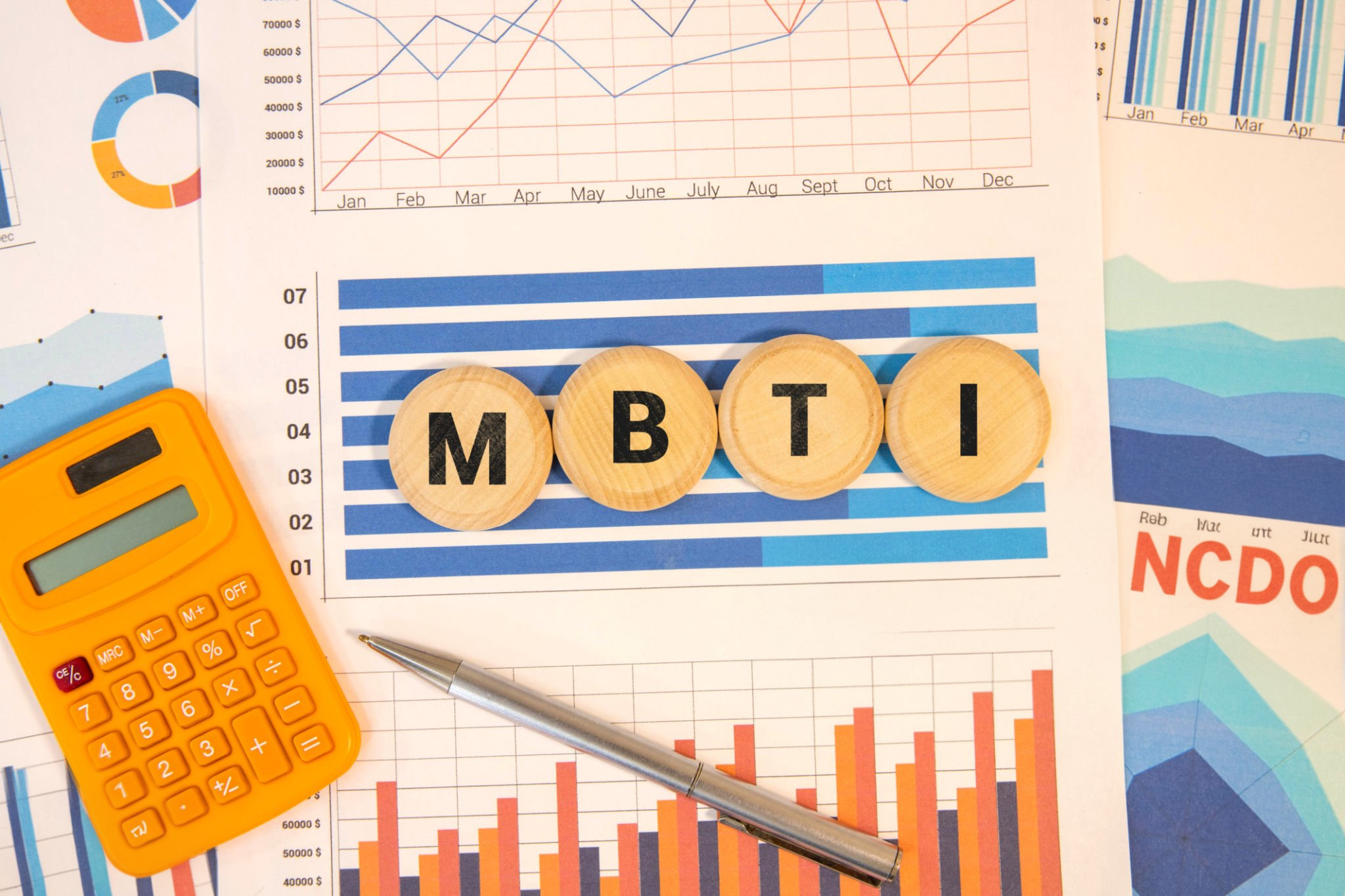Have you ever noticed how some days of the workweek feel like a walk in the park, while others drag endlessly? Motivation fluctuates naturally through the week — influenced by psychology, biology, workplace culture, and external environments. Grasping these rhythms can help you harness your motivation more effectively, boosting productivity and well-being.
This comprehensive article dives deep into motivation levels for each weekday, supported by scientific research and data, real-world examples, and actionable strategies. It focuses especially on why Tuesday motivational quotes for work and other tips matter, helping you overcome common midweek blues.
1. Why Does Motivation Fluctuate Throughout the Workweek?
Motivation isn’t a steady fuel. It changes based on brain chemistry, workload, social factors, and even cultural expectations.
Psychological and Biological Roots
- Dopamine cycles: Dopamine, the brain’s "reward chemical," peaks and dips in patterns linked to anticipation and accomplishment. Mondays often spark higher dopamine due to new beginnings. Midweek dips on Tuesday and Wednesday reflect reduced novelty and increased task loads. (Source: Neuropsychopharmacology Journal, 2018)
- Circadian rhythms: Your body's natural energy cycles affect focus and mood throughout the week, influenced by sleep patterns and weekend rest. Poor sleep Sunday night can lead to Monday grogginess or a Tuesday energy slump.
Social and Cultural Contexts
- Week start optimism: People naturally frame Monday as a fresh start, fueling determination. By Tuesday, the reality of the workweek sets in, and motivation can decline.
- Work stress accumulation: According to the American Psychological Association (2021), workplace stress spikes midweek, creating a motivational drag.
- Friday uplift: Anticipation of the weekend increases serotonin levels, lifting mood and motivation on Friday.
Productivity Data Insights
- A study by RescueTime (2019) analyzing millions of work hours across thousands of users found productivity begins high on Monday, drops Tuesday and Wednesday by about 10-15%, then recovers on Thursday and peaks sharply on Friday.
- Gallup’s State of the American Workplace Report (2020) highlights that 51% of workers feel the most engaged on Monday, with significant dips on Tuesday and Wednesday.
2. Ranking Motivation Levels: Monday to Friday
Understanding when motivation peaks or drops can help you schedule your work tasks strategically.
Monday — The Motivated Starter (To Make It If Not)
The best day motivation-wise, largely due to a “fresh start” effect. Studies show goal-directed brain activity peaks Monday morning, energizing you to tackle new challenges. People tend to set ambitious goals early in the week.
While Monday is often seen as the most motivated day of the workweek due to the “fresh start” effect, it’s important to recognize that this isn’t the case for everyone.
For many, Monday motivation can actually be low — sometimes even the hardest day to get going.
Friday — The Anticipatory Booster
Despite physical tiredness, excitement for the upcoming weekend boosts motivation. Employees often report heightened focus to tie up loose ends and start the weekend fresh (Stanford Behavioral Lab, 2018).
Thursday — The Steady Rebound
After the midweek slump, motivation slightly recovers. Your brain anticipates the weekend's proximity but is still fully engaged, making Thursday a solid day for important tasks.
Wednesday — The Midweek Slump
Known as “hump day,” motivation and energy levels dip due to accumulated workload and reduced novelty. Stress and fatigue can impair focus by as much as 20%, per American Institute of Stress.
Tuesday — The Forgotten Day
Often the toughest day for motivation. It’s too far from the weekend for anticipatory energy and too far from Monday’s fresh start. Many report Tuesday as “just another day,” making it crucial to apply extra motivation techniques. In fact, according to a 2022 survey by Slack, 42% of employees rank Tuesday as the hardest day to stay productive.
| Day | Motivation Level (Out of 10) | Productivity Change (%)¹ | Stress Level (Relative)² | Key Psychological Drivers |
|---|---|---|---|---|
| Monday | 8.5 | +15% | Medium | Fresh start, goal-setting optimism, higher dopamine |
| Friday | 8.0 | +12% | Low | Weekend anticipation, reward expectation |
| Thursday | 7.2 | +5% | Medium-Low | Recovery from midweek slump, nearing weekend |
| Wednesday | 6.0 | -10% | High | Midweek fatigue, higher workload accumulation |
| Tuesday | 5.5 | -15% | High | Post-fresh start dip, task buildup, low novelty |
Quantitative Insights Explained
-
Motivation Level:
Derived from surveys and behavioral analytics studies (Gallup 2020, RescueTime 2019) where workers self-reported daily motivation on a 1-10 scale. -
Productivity Change (%):
Compared to baseline weekly average productivity, data showed Mondays and Fridays outperformed average by 12-15%, while Tuesday and Wednesday fell below average by up to 15%. -
Stress Level:
Based on the American Psychological Association’s workplace stress reports indicating midweek days have higher stress, negatively impacting motivation.
Why This Matters for Your Workweek
- Monday’s high motivation is your best chance to tackle complex or creative projects needing deep concentration.
- Tuesday’s slump calls for motivation boosters like breaking tasks into smaller chunks or introducing new stimuli.
- Wednesday’s stress peak suggests scheduling routine or collaborative work to reduce cognitive load.
- Thursday’s rebound is great for finishing and reviewing work.
- Friday’s anticipation-driven motivation lets you push to close out the week strong.
Bottom line: Aligning your work tasks with these motivation and stress trends can improve your productivity, reduce burnout, and maximize job satisfaction.
¹Productivity data sourced from RescueTime (2019) & Gallup’s State of the American Workplace (2020)
²Stress data from American Psychological Association (2021) Work Stress Report
3. Special Focus: Tuesday Work Motivation
Tuesdays are often underestimated. But transforming your Tuesday mindset can have an outsized positive impact on your entire week.
Typical Motivation Ranking
| Day | Motivation Level (Typical) | Notes on Variability |
|---|---|---|
| Monday | High to Moderate | Varies widely per personal & work factors |
| Friday | High | Generally consistent due to weekend anticipation |
| Thursday | Moderate to High | Usually a rebound from midweek slump |
| Wednesday | Moderate | Common midweek dip |
| Tuesday | Low to Moderate | Often the lowest motivation day |
Why Tuesday Motivation Matters
- Falling into low motivation on Tuesday can cause lost momentum for midweek and undercuts productivity.
- Overcoming Tuesday is about mindset resets and strategic energy management.
Tips to Boost Motivation on Tuesday
- Set small wins early: Break work into bite-sized, achievable goals. According to a 2019 Stanford study, completing small tasks early improves motivation via dopamine rewards.
- Use motivational quotes: Embracing relatable quotes like “Tuesday is the new Monday — with coffee” can humorously shift mindset.
- Shift your environment: Even small changes—working from a café or a different desk—help refresh focus (Journal of Environmental Psychology, 2016).
- Schedule social interaction: Midweek collaboration or coffee chats can improve mood and motivation.
- Practice mindfulness breaks: Short meditative pauses during Tuesday reduce stress and improve mental clarity (Harvard Medical School, 2020).
4. The Role of External Factors on Workweek Motivation
Your internal motivation is heavily influenced by the external environment.
Work Environment
- Natural light exposure improves motivation and mood (Journal of Lighting Research, 2017).
- Noise control is key: moderate white noise is beneficial; loud interruptions are detrimental.
- Comfortable temperature and ergonomics reduce fatigue and increase concentration.
Company Culture and Leadership
- Gallup found that engaged teams with supportive managers experience 21% higher motivation.
- Transparent communication, recognition, and clear goals are vital motivation boosters.
Social Support and Peer Influence
- Positive coworker relationships correlate with higher motivation (APA, 2021).
- Social accountability increases likelihood to follow through on tasks.
5. Motivation Across Different Cultures
Workweek structure, cultural attitudes towards work, and social norms influence motivation patterns globally.
- In European countries with shorter workweeks or Friday half-days, motivation peaks may spread differently, often higher midweek.
- In Japan and others with intense work culture, motivation may be sustained throughout the week despite fatigue due to strong social conformity.
- Middle Eastern countries may have different workweek structures (Sunday–Thursday), shifting motivation peaks accordingly.
Recognizing these differences helps multinational teams support diverse motivation needs.
6. Maximizing Your Workweek Motivation
You can align your workweek tasks with your natural motivation patterns:
- Mondays & Fridays: Best for challenging, high-impact projects requiring deep focus.
- Thursdays: Use for progress reviews and preparation for wrap-up.
- Wednesdays: Reserve for routine or collaborative activities.
- Tuesdays: Use motivation boosters like quotes, goal-splitting, and environment shifts for productivity.
7. Final Words: Embrace Your Motivation Rhythm
Motivation isn’t constant, but by understanding its weekly ups and downs, you can plan smarter and achieve more.
Don’t let Tuesday drag your productivity down—activate it with the right mindset and tools. Use motivation science, inspirational quotes, and strategic planning to transform every workday.
8. Boost Your Motivation with the Flow Potential Assessment
The Flow Potential Assessment is a scientific tool that helps you discover your unique ability to enter a productive, creative flow state. Based on Mihaly Csikszentmihalyi’s flow theory and the Flow Four Quadrant Model, it identifies your flow triggers and obstacles.
By understanding your flow score and receiving personalized tips, you can improve focus, maintain motivation, and work more efficiently throughout the week.
[Learn more about the Flow Potential Assessment here.]

---






Leave a comment
This site is protected by hCaptcha and the hCaptcha Privacy Policy and Terms of Service apply.